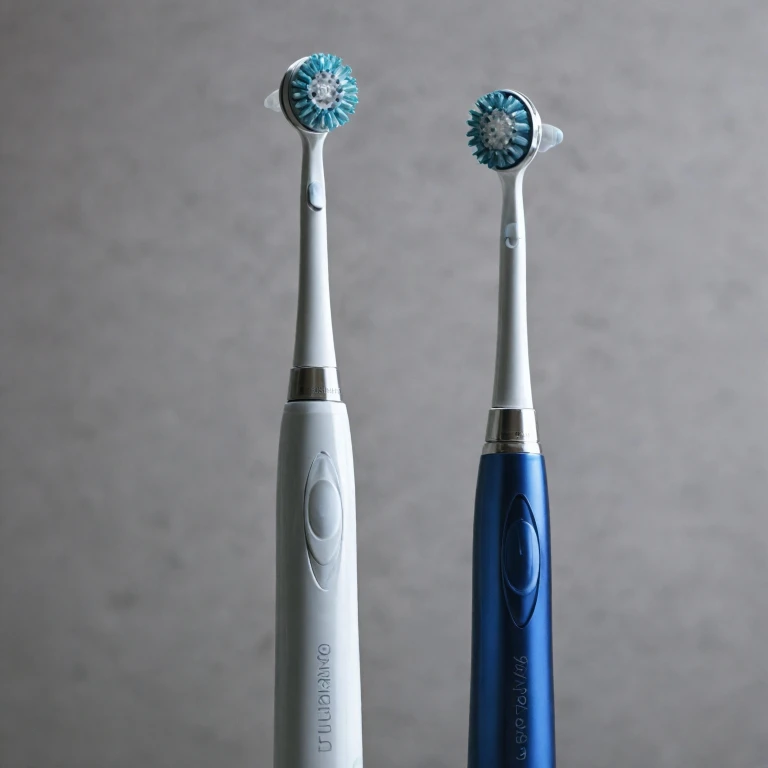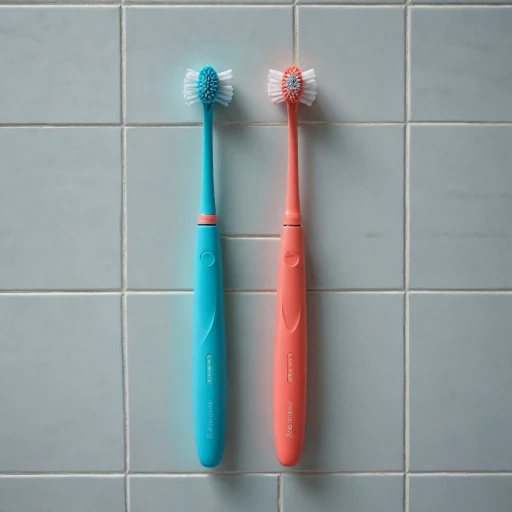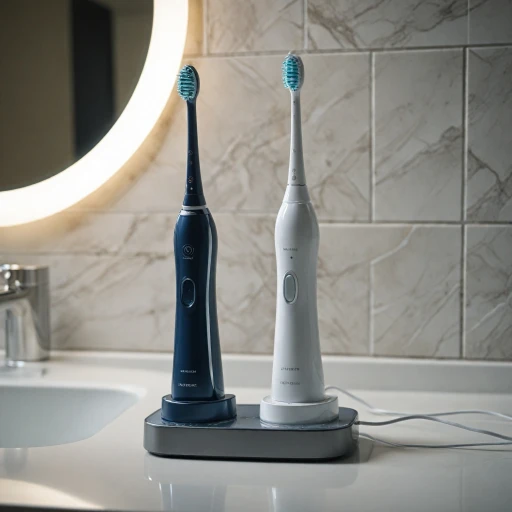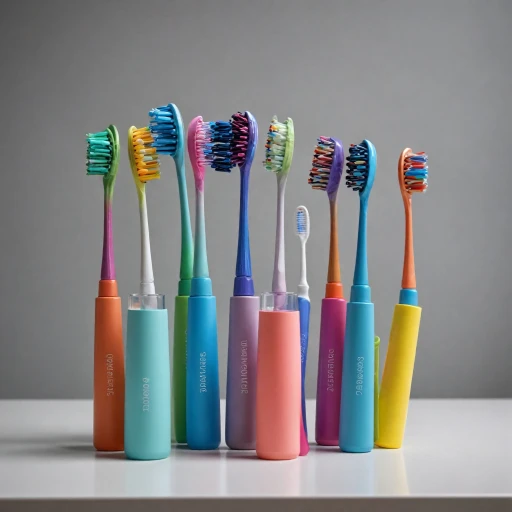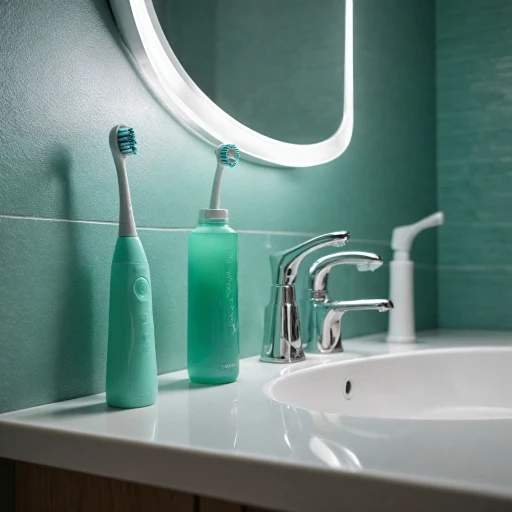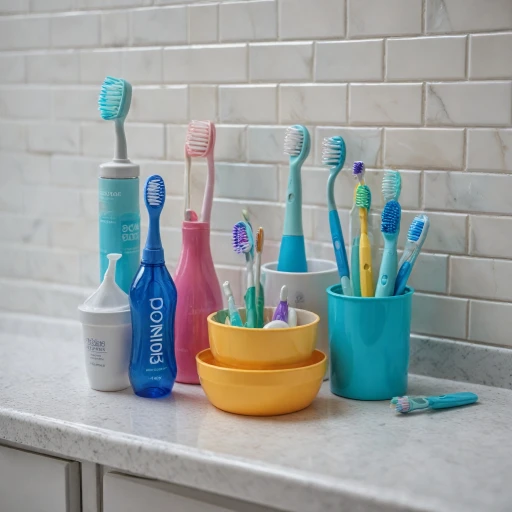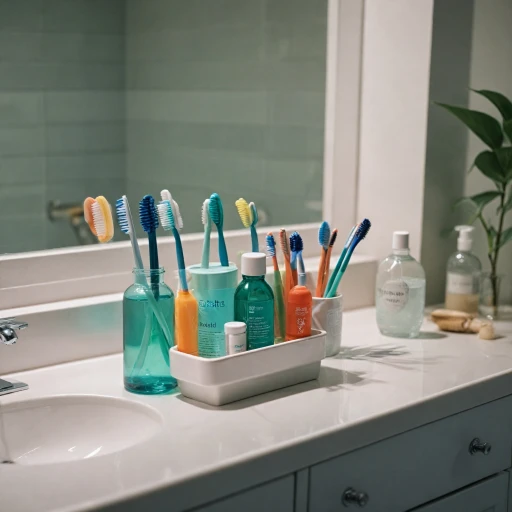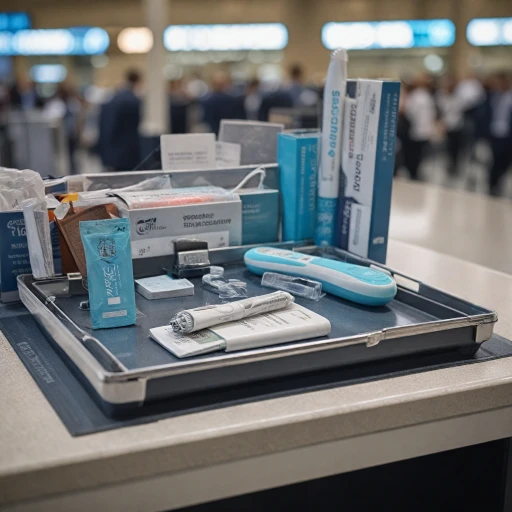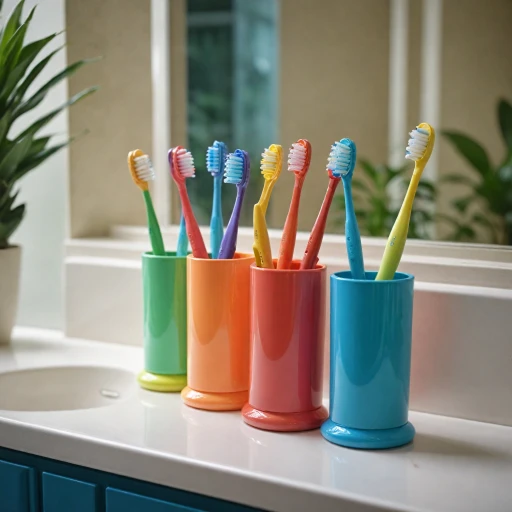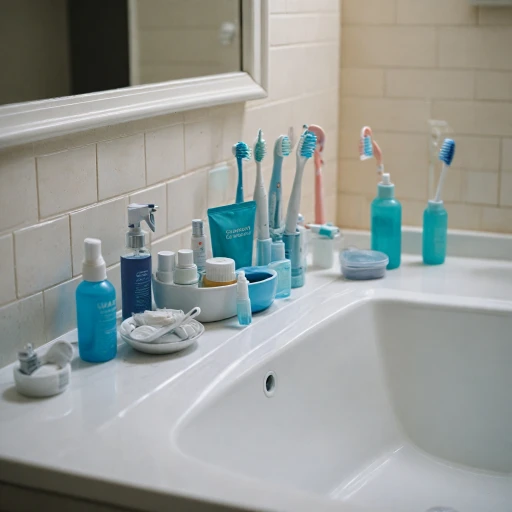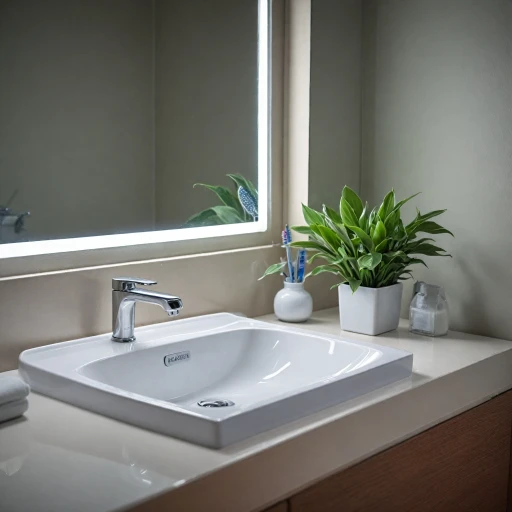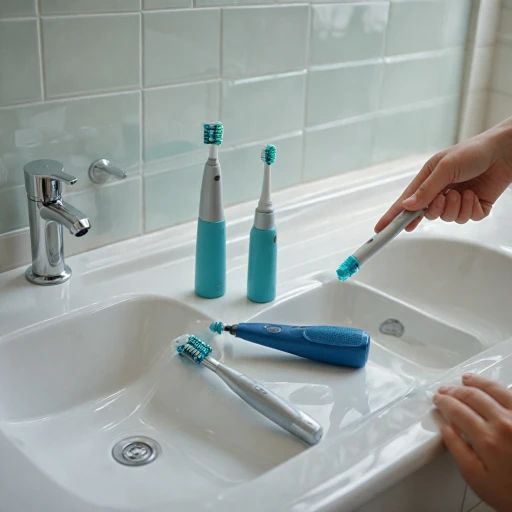
Understanding the Needs of Braces Wearers
The Unique Dental Challenges of Braces Wearers
Wearing braces can transform your smile, but it also introduces unique oral hygiene challenges. With orthodontic brackets and wires in place, reaching certain areas of teeth can be difficult, leading to potential plaque build-up and food particles lodged in hard-to-reach spots. This makes maintaining oral health even more crucial during orthodontic treatment.Why Choose Electric Over Manual?
While manual toothbrushes can effectively maintain oral hygiene, the best toothbrush for braces wearers often tends to be electric. The oscillating or vibrating heads of electric toothbrushes provide superior cleaning by reaching between brackets and wires, ensuring effective cleaning by removing plaque more efficiently. Additionally, their soft bristles prevent damage to orthodontic appliances while offering a gentle yet thorough clean.The Role of Soft Bristles
When choosing an electric toothbrush for braces, pay special attention to the bristles. Opt for soft bristles, as they are less likely to irritate gums or damage delicate orthodontic equipment. A proper brush head can maneuver around the teeth braces, ensuring you reach areas that are otherwise hard to clean, safeguarding your gum health and overall oral hygiene. For further details on navigating these challenges effectively with an electric toothbrush, understanding TSA regulations for electric toothbrushes might provide additional insights, especially if you find yourself traveling frequently while wearing braces.Key Features to Look for in an Electric Toothbrush
Essential Features for Orthodontic Care
When selecting an electric toothbrush under orthodontic treatment, certain features are vital for meeting the needs of braces wearers. Electric toothbrushes designed with attention to safety and cleaning capabilities can significantly improve oral hygiene when wearing braces.
Brush Heads Optimized for Braces
Choosing the right brush head is crucial. Soft bristles are recommended to prevent damage to the brackets and wires. Look for orthodontic toothbrush models that feature small brush heads capable of reaching areas around the brackets and between the wires more effectively.
Advanced Cleaning Technology
Electric toothbrushes equipped with oscillating or sonic technology are often the best toothbrush option for braces. These technologies remove plaque more efficiently and ensure a thorough clean, especially in those hard-to-reach areas. Effective cleaning of food particles around the teeth braces is thus enhanced.
Pressure Sensors to Protect Gums
Some electric toothbrushes come with built-in pressure sensors that alert you when brushing too hard. This feature is particularly important to avoid damage to gums while maintaining proper brushing techniques with braces.
Interdental Brushes for Extra Care
In addition to electric toothbrushes, consider having interdental brushes as part of your routine. These can access spaces between brackets and wires, providing an extra layer of cleaning that enhances overall oral hygiene.
Top Electric Toothbrush Models for Braces
Top Models Tailored for Effective Cleaning with Braces
When selecting the best electric toothbrush for braces, it's crucial to focus on models that offer effective cleaning, specifically designed to maneuver around the intricate structure of brackets and wires. Many high-quality electric toothbrushes are engineered to address the unique challenges that braces wearers face, ensuring that food particles and plaque are efficiently removed, maintaining excellent oral hygiene. Some popular electric toothbrush models to consider include:- Philips Sonicare ProtectiveClean 6100 - Known for its ability to deliver a gentle yet effective clean with its sonic technology, this model comes with a pressure sensor that alerts users if they're brushing too hard, which is ideal for those with sensitive gums transformed by braces.
- Oral-B Genius X - Featuring AI technology that suggests improvements in your brushing technique, this toothbrush offers round brush heads that can reach areas surrounding teeth braces and hard-to-reach spots, effectively removing plaque.
- Waterpik Sonic-Fusion - Combining the power of an electric toothbrush with the effectiveness of a water flosser, the Sonic-Fusion offers comprehensive oral care, particularly beneficial for orthodontic treatment due to its dual capability of brushing and flossing.
Proper Brushing Techniques with Braces
Mastering the Skill of Brushing with Braces
Brushing teeth effectively is always important, but even more so when wearing braces. With brackets and wires to work around, proper technique becomes crucial to ensure thorough cleaning and oral health. Here are some valued tips for brushing effectively:
- Angle and Positioning: Hold your electric toothbrush at a 45-degree angle toward the gum line and brackets. This position helps remove plaque and food particles often trapped around braces.
- Brush Head Size: Consider using a smaller brush head or orthodontic toothbrush to help reach hard-to-access areas around wires and brackets. Soft bristles are gentle on the gums while effective at cleaning.
- Gentle Pressure: Apply gentle pressure when brushing to avoid damaging the wires or brackets. The oscillating motion of an electric toothbrush helps dislodge and remove plaque without the need for excessive force.
- Take Your Time: When wearing braces, allocate extra time for brushing. Aim for at least two minutes to ensure each quadrant of the mouth is thoroughly cleaned.
- Interdental Brushes: Once you've brushed, use interdental brushes to clean between teeth and braces. These small brushes are effective at removing debris that even the best toothbrush might miss.
- Rinse and Repeat: Rinse your mouth to remove dislodged plaque and debris. Regular checks in the mirror can also help ensure that no areas are missed.
By embracing these techniques, braces wearers can maintain excellent oral hygiene and contribute positively to their orthodontic treatment outcomes.
Maintenance and Care of Your Electric Toothbrush
Preserving Your Electric Toothbrush for Longevity
Maintaining your electric toothbrush is vital for ensuring optimal performance, especially when managing oral hygiene with braces. A well-kept toothbrush can significantly enhance the effectiveness of cleaning between brackets and wires.
- Clean the Brush Head Regularly: To prevent buildup of plaque and bacteria, rinse the brush head thoroughly after each use. Remove any visible debris such as food particles lodged in the bristles.
- Replace Brush Heads: Over time, bristles can become worn out, reducing the toothbrush's efficacy. It is recommended to replace brush heads every three months or sooner if bristles look frayed.
- Charge Appropriately: Proper charging habits can extend battery life. Avoid overcharging by disconnecting the toothbrush from the power source once fully charged. Consult the manufacturer’s guide for specific charging instructions.
- Store in a Clean, Dry Place: Make sure your electric toothbrush is stored upright in an environment free from moisture to prevent any mold or mildew growth. A well-ventilated area helps the brush head to dry completely between uses.
- Regularly Inspect the Device: Periodically check the toothbrush for any signs of damage, especially around the brush head connection as this can impact performance. Ensure no cracks are visible on the handle or brush head stem.
These practices not only help in the longevity of the electric toothbrush but also support consistent oral hygiene. Always refer to the manufacturer's care recommendations and handle the toothbrush with care to avoid unnecessary wear and damage.
Additional Oral Hygiene Tips for Braces Wearers
Maintaining Optimal Oral Health with Effective Habits
Achieving optimal oral health while wearing braces is not solely reliant on the right toothbrush or brushing technique. It encompasses a comprehensive approach combining various strategies to ensure your teeth and brackets remain clean and free of plaque build-up.- Utilize Interdental Brushes: These brushes are specifically designed to reach areas that standard brushes cannot, especially around brackets and wires. They help in the removal of food particles and plaque that gather in hard-to-reach spaces.
- Incorporate Fluoride Mouthwash: A fluoride mouthwash can significantly enhance your oral hygiene routine. It fortifies tooth enamel and provides extra protection against cavities, which is vital when brackets and wires are present.
- Maintain a Balanced Diet: Avoiding sugary and sticky foods can reduce the risk of plaque formation. A diet high in vegetables, fruits, and calcium-rich foods contributes positively to your oral health.
- Regular Dental Check-ups: Consistent visits to your orthodontist or dentist will ensure any dental issues are promptly addressed. Professional cleaning and guidance tailor-fitted for someone with braces will complement your daily brushing routine.
- Avoid Hard Bristles: While the best toothbrush for braces often features soft bristles, it is essential to remember that bristles that are too hard can harm your gums and damage the brackets on your teeth.
